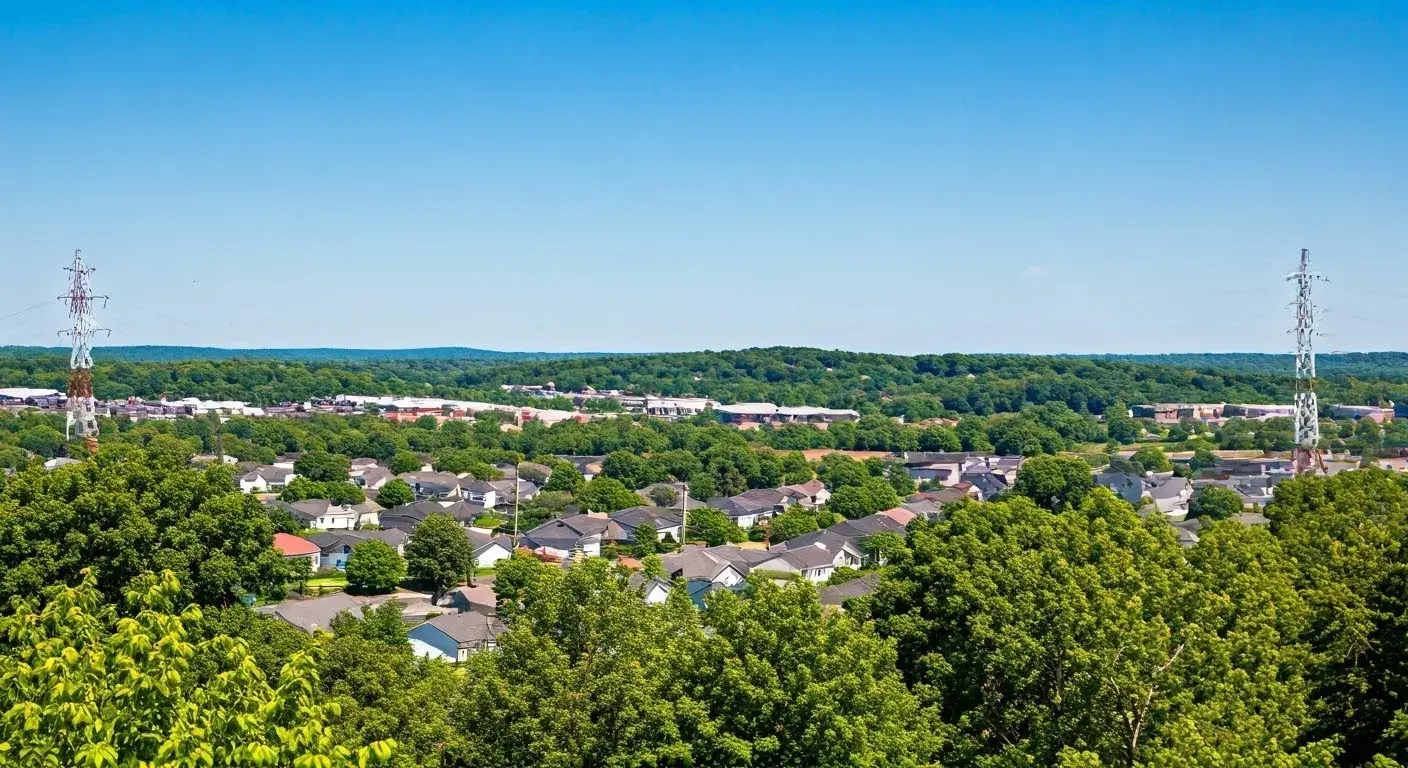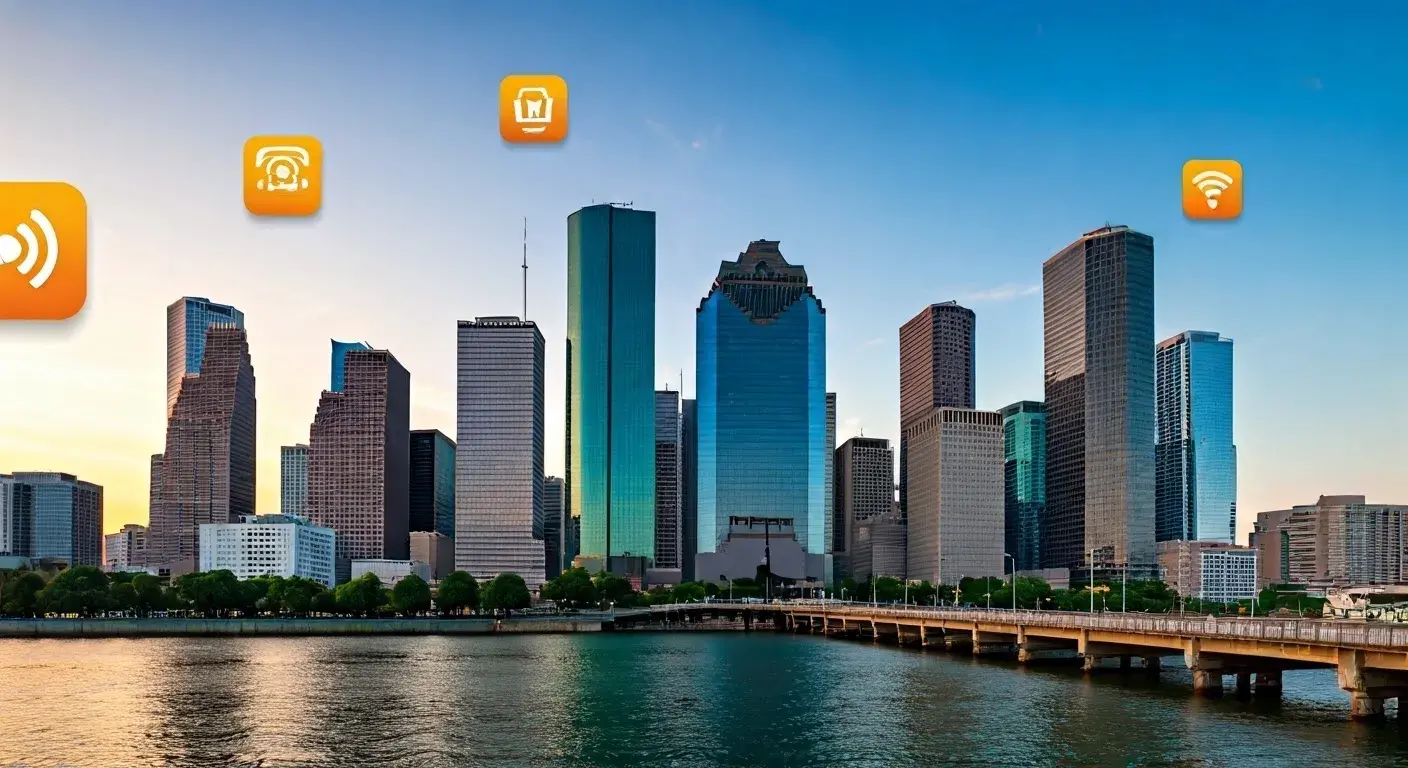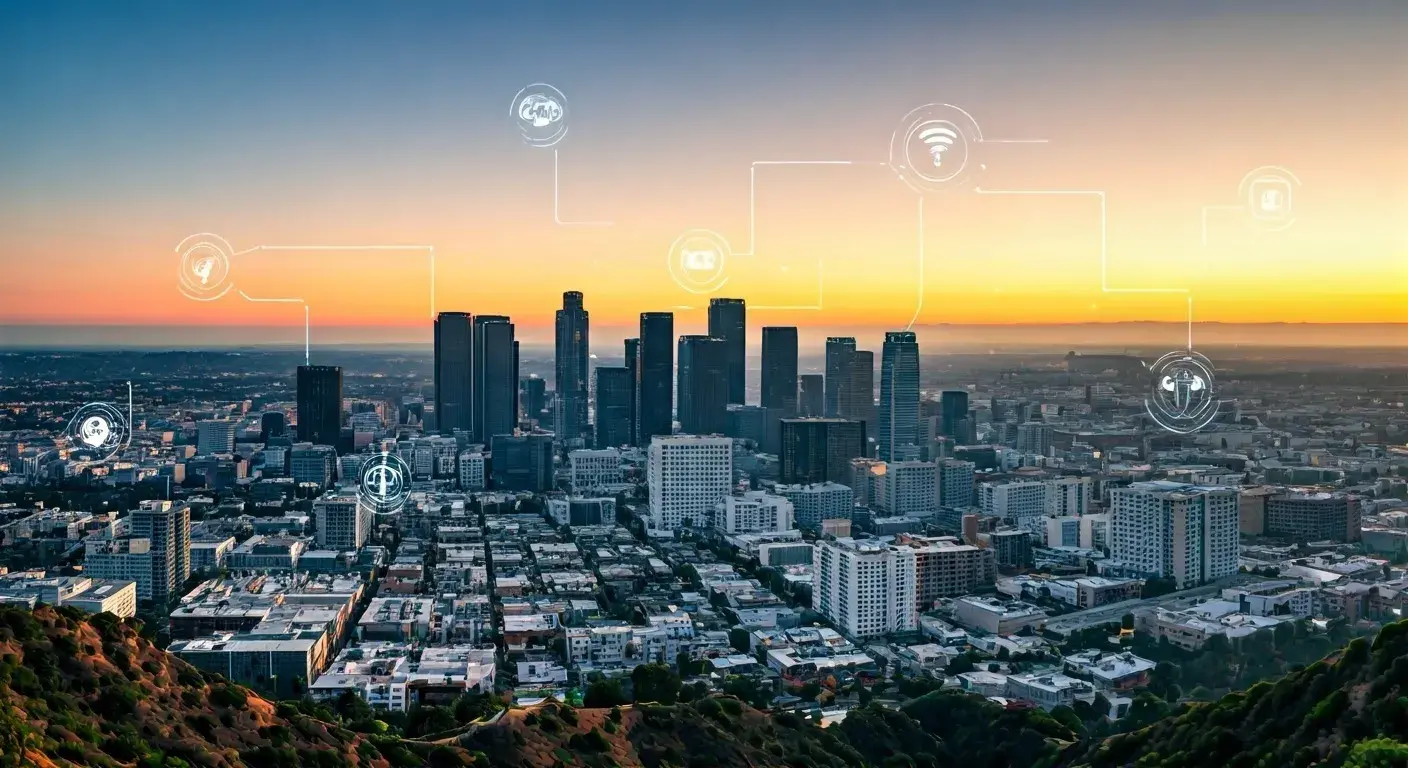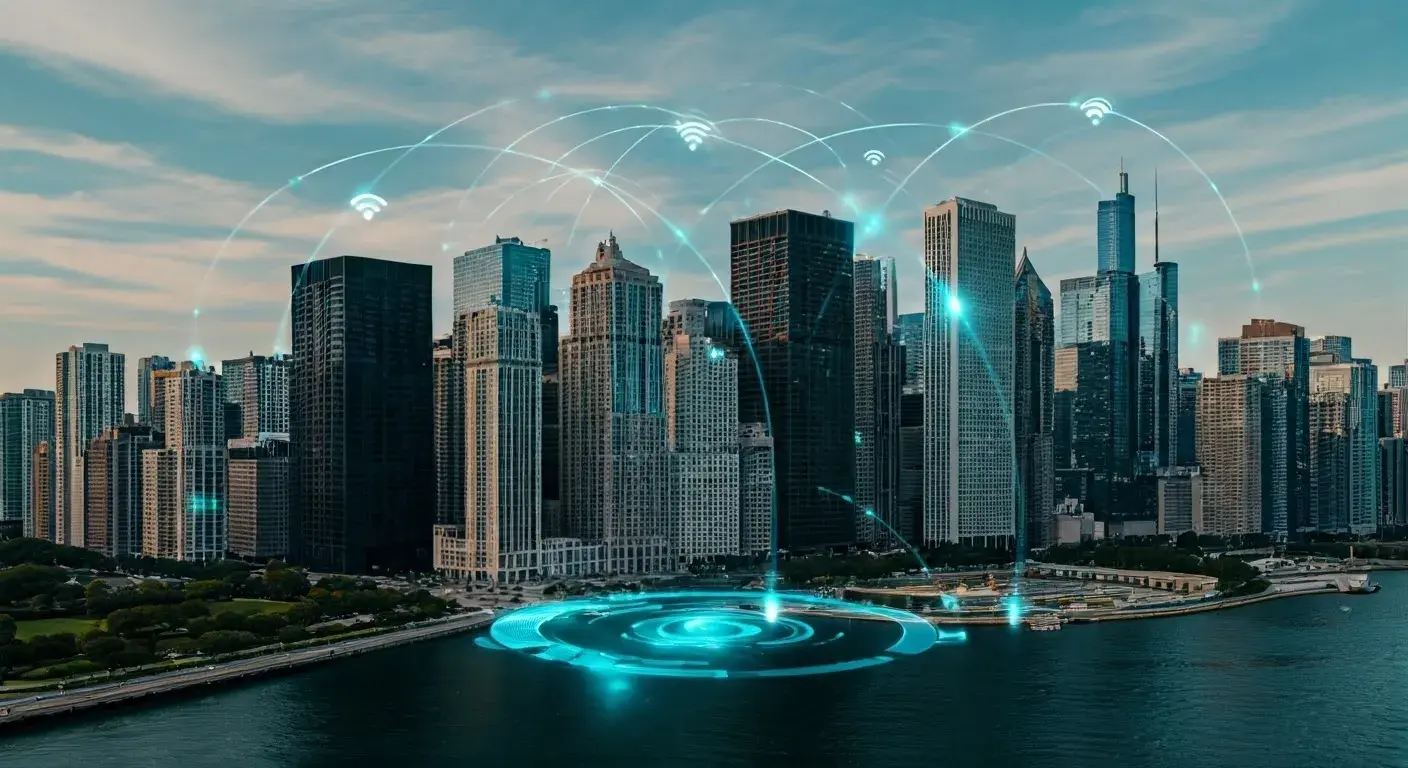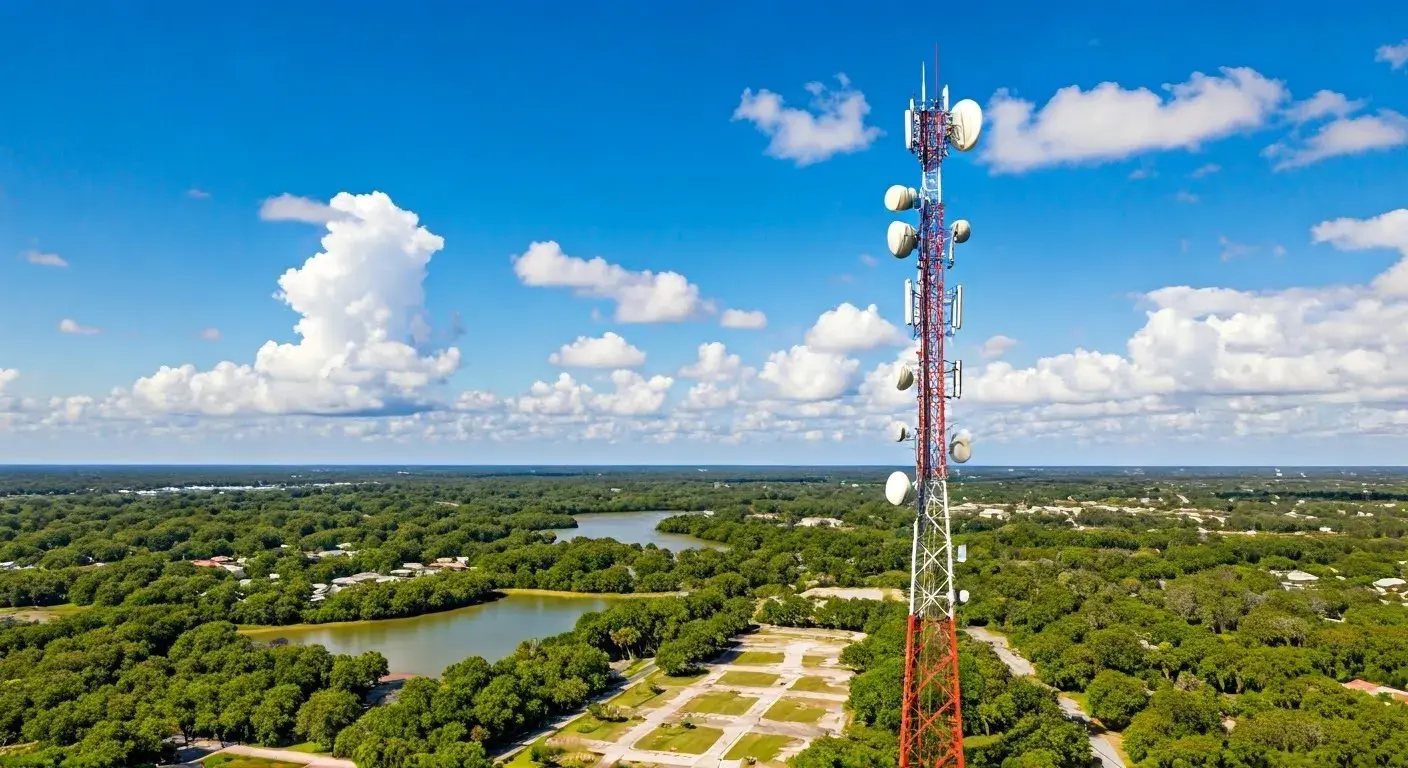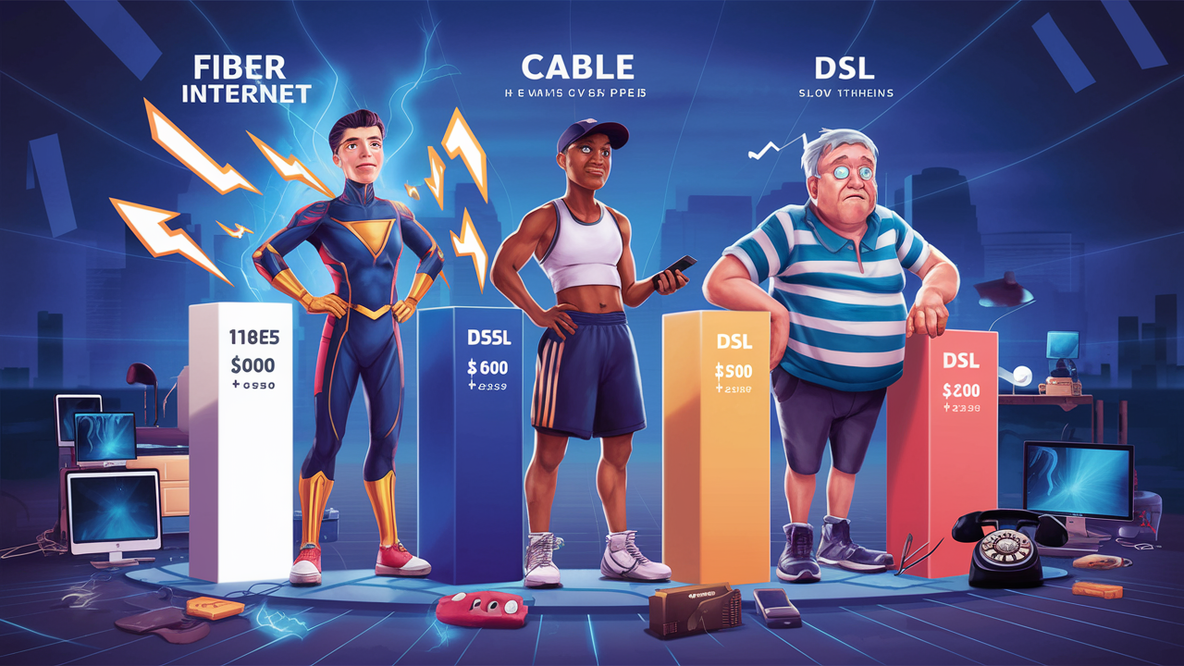
Fiber Optic, Cable, or DSL Internet: To properly respond to this call for an ideal environment, this paper discusses how to choose what’s right for you.
Internet service is now a necessity in almost every home in the current world as everyone requires information in a short time. But now with the advanced levels of communication technologies available such as fiber optic, cable, DSL, and other types of connection what type of connection should be implemented? This guide guides you through the basics of the Internet along with the advantages and disadvantages of the three primary categories of the Internet.
Fiber Optic Internet
Fiber optic Internet uses fiber optic cables which consist of long, thin pieces of glass or plastic or any other flexible material to transmit information in the form of pulses of light. As one of the newest and fastest connection types available to consumers, fiber has a lot to offer:
- Speeds – Fiber optic cables can attain bandwidth that is practically limitless and this means that the speeds it can support are exceptionally fast. It would not be an exaggeration to say that fiber internet packages provide connections of about 1000 Mbps and sometimes even touching 2000 Mbps or more. This is good for families or groups of people and any user that requires a lot of traffic or bandwidth.
- Reliability – This is because fiber optic cables are made of glass, which does not rot or mess with the signals like copper cables do. Thus, it signifies that the connection is quite stable with minimal instances of disconnection or drastic fluctuations in speed during busy hours. Fiber offers rock-solid stability.
- Future proofing-Since bandwidth in fiber internet connections is almost inexhaustible, fiber internet can support speeds that are continually evolving. An excellent fiber connection is future-proof, meaning it can support new technological developments in the future for many years without requiring an upgrade.
- Fast and reliable - The fiber optics connection makes it possible for one to be always connected with the Internet speed he/she is paying for irrespective of the time of the day or night, especially during the evenings when cable Internet speeds drastically slow down due to congestion within the neighborhood.
- Latency – Low latency ensures that activities such as online video games, video calls, and live streaming are smooth with little to no breaks or interruptions. Fiber transmits data at the speed of light and is the best when it comes to transmitting data.
However, fiber optic internet is faster and comes with lower latency than any other internet connection type, however, it is still not widely available for people to access because the build-out involves extensive infrastructure expenditure. In countries where it is offered, it is normally a paid service but it provides the fastest service known to man.
Cable Internet
Cable internet uses the same cables that are used to transmit cable television services through transmitting data through radio frequencies. Cable internet is easily accessible and provides relatively good Internet speed in comparison with other connecting types appropriate for the majority of non-prolific users.
- Speeds – While Cable internet is also available with different packages, its speeds are always higher download speeds than upload speeds. Download speeds from 25Mbit/s to 500Mbit/s depending on the tariff, but usually from 50Mbit/s to 200Mbit/s, while the upload speeds usually vary from 3Mbit/s to 35Mbit/s. It is fast enough for most of the households that use the internet for streaming shows browsing, etc.
- Ease of Access – Cable broadband service providers cover all regions with high population density making it easy to acquire the service. Hence, cable internet is not very expensive for providers to deploy due to the current cable infrastructure.
- Pricing – the infrastructure of the cabling system already exists and the cost of cable internet is quite affordable, particularly when one is accessing the Internet at lower speeds. These plans with 100 Mbps download speeds usually cost $50 or even $50 per month.
- Reliability – In regards to cable interconnectivity, there is usually minimal interruption of service; however, the internet connection slows down during peak usage hours especially when many users in the neighborhood are an issue affecting the bandwidth. This is not very likely for ordinary users though: Average users’ chances of experiencing severe slow downs are low.
- Quick and simple installation – The cable modems can easily be installed just like the cable television hence requiring no professional assistance for fixing. This makes it easy to self-install with cable internet services since there are no complicated wiring systems to deal with.
Cable internet is available almost everywhere, and it also falls into the category of inexpensive ISPs, but the problem is that cable internet provides users with speeds and latency compared to fiber connections. For average viewers, cable is sufficient as it offers a medium level of service.
DSL Internet
DSL is the abbreviation for Digital Subscriber Line and it used telephone lines to offer connection with the Internet that is always on. The bandwidth of operation that DSL offered was extremely fast in comparison to the internet speed of the 1990s when the technology was introduced. However, with the current high speeds that cable and fiber offer, DSL is more appropriate for those who use the internet in basic aspects, such as sending emails and browsing through sites.
- Speeds – DSL can for the most part reach up to 100 Mbps for select service providers, however, the standard plans available offer between 10 to 25 Mbps. This was good for basic use, however it did cause problems when there were several users. Again, download speeds are normally 1-10 Mbps while the upload speeds are significantly lower.
- Accessibility – For instance, DSL internet service can be accessed by nearly every home that has a landline telephone connection. But if the person is situated at a distance that is not covered by the telephone switching equipment, then he does not qualify. DSL depends on the user’s proximity and they must be within 12,000 to 18,000 feet to get the best speed ranges.
- Reliability – The DSL signal dies down with distance hence, the users who are far from network equipment will not enjoy the high speed. Another source of unreliable communication is a disturbance of the phone lines. DSL is relatively consistent but not as constant as fiber which is considered very reliable.
- Quick and simple to install on your own – A DSL modem plugs into your phone line as easily as any regular telephone. This makes the installation of a DSL connection, which a layman can perform on his own, very easy.
- Price – basic DSL pricing is in the same range as cheap cable internet service. However, as has been mentioned, DSL is more suitable for the rural home that has no option of cable or fiber connection rather than the urban consumer, who desires high speed.
In the end, it is best only for those who need simple web connectivity and not for homes with many video streaming clients or multiple heavy internet users. Speeds also cannot compete with most cable or fiber networks.
Key Factors to Consider
When choosing between fiber, cable internet, and DSL, start by considering three key factors:
- The speed requirement - How much speed are you going to require for your household’s usage- multiple streaming devices, video calls, gaming, and many more? This makes it possible to know if slower DSL could meet your needs or if instead, you need high-speed fiber or cable.
- Budget – Look at the differing rates for the various high-speed options every month. Hence, Cable and DSL are cheaper options that provide only basic internet usage at a cheaper rate while fiber is relatively expensive but provides the best internet speed with all its advanced features.
- Availability - Check fiber, cable, and DLS availability for the address. One such type, for instance, might be fiber which, in terms of performance, is actually the best but may not be available in your area, and therefore you settle for either cable or DSL.
In regards to the type of high-speed internet, fiber cable, and DSL must be compared based on the speed requirements, budget range, and provider availability for a particular household. With this, you have the basic information that will enable you to gauge the strengths and weaknesses of each to reach the right decision. Anyway, it’s always possible to upgrade to a faster fiber at a later stage when the service becomes available. This is the last stage where consumers should compare the plans available across different providers instead of connection types.
